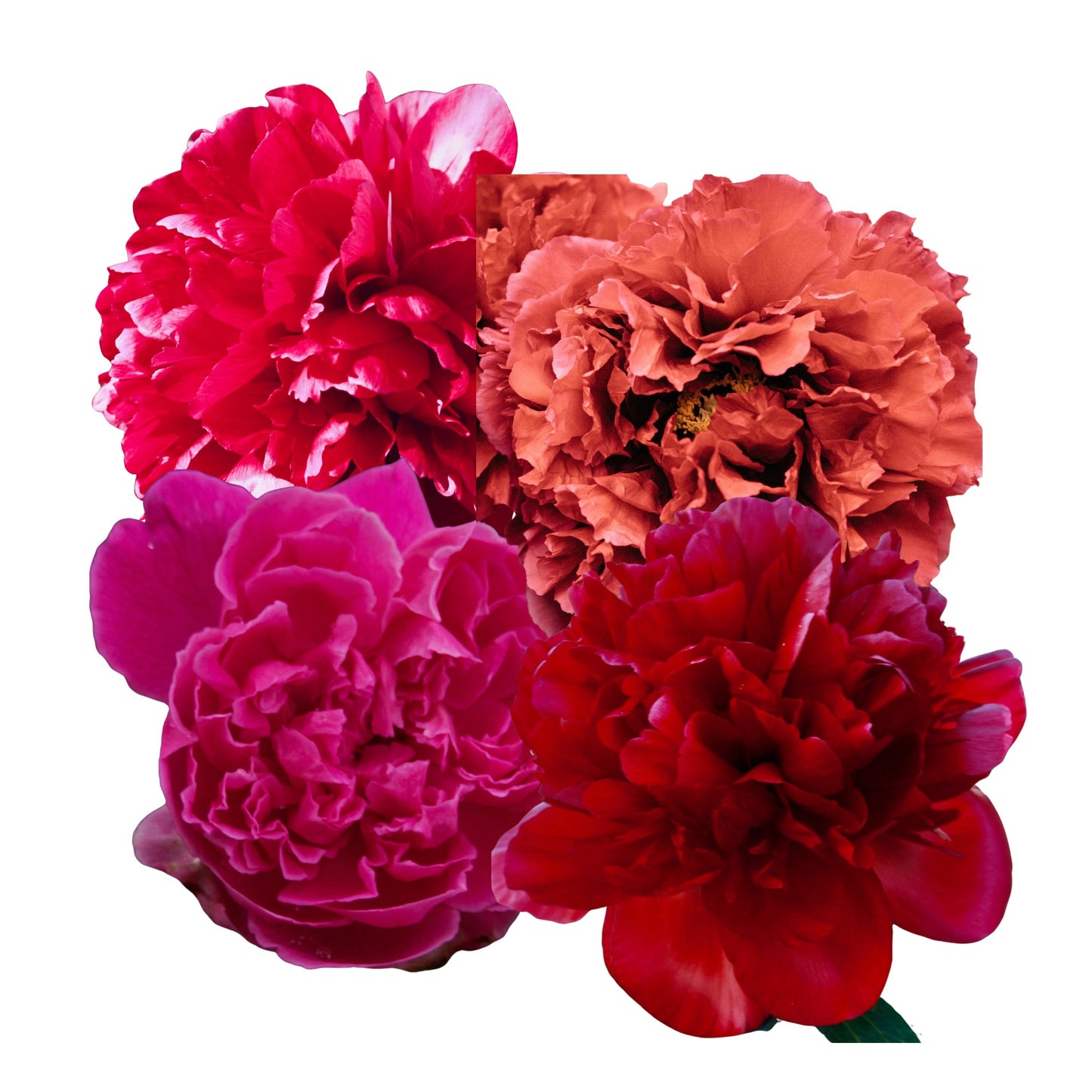Jonquil
Papaver Paeoniflorum Double Mix - 0.1 Gram
Papaver Paeoniflorum Double Mix - 0.1 Gram
Couldn't load pickup availability
Papaver Paeoniflorum ‘Doubles Mix’, commonly known as Peony Poppy, is an ornamental annual renowned for its spectacular, large, double-petaled flowers resembling peonies. The mix includes a variety of colours such as deep red, pink, purple, lilac, white, and bicolour, making it a stunning addition to cottage gardens, borders, and wildflower meadows.
Plant Characteristics
Height: 60–90 cm
Spread: 30–45 cm
Flower Size: 10–15 cm across
Bloom Time: Late spring to summer
Lifespan: Annual (reseeds easily)
Foliage & Stems
The leaves are bluish-green, deeply lobed, and slightly ruffled, providing an attractive contrast to the vibrant blooms.
The stems are sturdy and upright, though may require support in windy locations.
Flowers
Large, fully double-petaled, ruffled flowers resembling peonies.
Available in a mix of rich colours, often with delicate fringed edges.
Flowers last for a few days but are continuously replaced by new blooms throughout the season.
Growing Conditions
Light: Full sun (at least 6 hours of direct sunlight per day).
Soil: Well-drained, moderately fertile soil (prefers a neutral to slightly alkaline pH).
Watering: Moderate; drought-tolerant once established but prefers regular watering in dry periods.
Temperature: Thrives in temperate climates; can tolerate mild frost but is best sown after the last frost.
Propagation & Sowing
Direct Sowing: Scatter seeds in early spring or autumn for naturalization.
Germination: 10–20 days at temperatures between 15–20°C.
Spacing: Thin seedlings to 30 cm apart to allow proper air circulation and growth.
Self-Seeding: Readily self-seeds, often returning year after year in the same location.
Care & Maintenance
Deadheading: Removing spent flowers can extend bloom time, but allow some seed heads to remain if self-seeding is desired.
Staking: May need light support in windy areas.
Pests & Diseases: Generally pest-free but can be affected by aphids and fungal diseases in humid conditions.
Uses in Garden Design
Perfect for cottage gardens, wildflower meadows, borders, and cut flower gardens.
Combines well with other summer bloomers like larkspur, cornflowers, and foxgloves.
Dried seed pods can be used in floral arrangements.
Toxicity & Wildlife Attraction
Toxicity: Contains alkaloids; all parts of the plant are toxic if ingested.
Pollinator-Friendly: Attracts bees and butterflies but is not a preferred food source due to its double flowers.
Would you like advice on where to buy seeds or more details on specific aspects of its care?
Share


